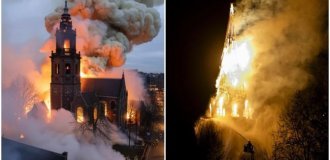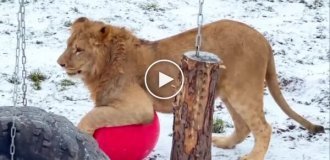How a forest recovers after a fire (9 photos)
How fires are filled with life again. Chronology of forest restoration after a fire 100 years into the future. 
No one will argue that a fire for forest animals is a disaster, leading to the death of the entire ecosystem. This has been said more than once or twice. However, over time, the fires fill with life again. And some even benefit from the fire.
Days after the fire
Everything is dead. The soil is scorched 5-10 centimeters deep. Dead or dying trees creak pitifully with their mangled trunks. Large animals died or fled. The little ones had no chance of salvation. The soil fauna was especially hard hit. The mortality rate among them reaches 99%. And most of the surviving worms and insects will die in the first day after the fire: the lack of water and the changed chemical composition of the soil will destroy them at the cellular level. 
Nematodes (roundworms) are typical inhabitants of soils. Their number can reach 10 million per square meter!
But life is already in a hurry to occupy the free space: pyrophiles flock to the still warm coals. These are insects whose genes contain an attraction to fire. Some of them are sensitive to the smell of burning, others have infrared sensors that sense the glow tens of kilometers away. Bark beetles, longhorned beetles and borers tend to lay eggs in the bark of weakened and dead trees. And ground beetles - to taste the flesh of pyrophiles. But it is almost impossible to detect them. The number of insects will become impressive only in a year or two. 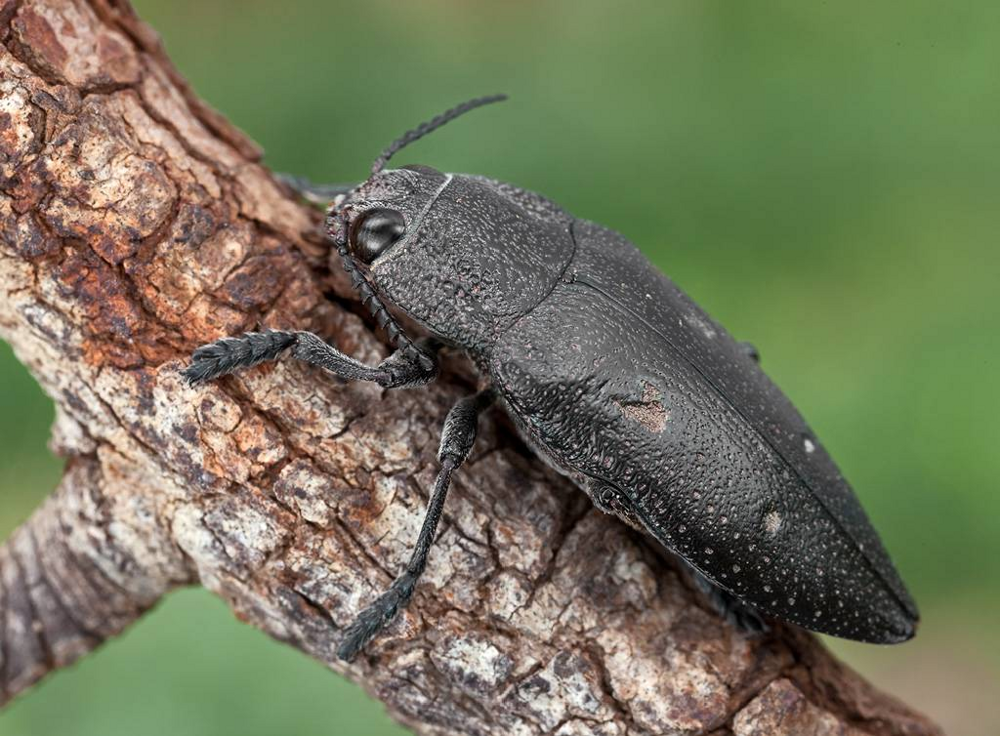
Fire borer. She not only flies to the fire, but is also able to survive the fire due to her dense shell and instinct to hide in secluded corners.
Other guests are much more noticeable. Immediately behind the pyrophiles, scavengers come to the light. This is their kingdom for the next few weeks. Bears wander between the trees, hungry for free meat. Black kites and other carrion-eating birds search for small animal carcasses. And the remains behind them are eaten by carrion eaters and grave-digger beetles. 
Black kites are so desperate that they appear even before the end of the fire. They catch wounded and frightened animals.
A year after the fire
A unique pyrophytic community is formed in the fire. It consists of plants that are resistant to fire. Their seeds sprouted easily in soil fertilized with minerals, and the flowers attracted the first pollinators. Together with them, plant pests, as well as their protectors—spiders and predatory insects—infiltrated the scorched wastelands. 
Pine forest after ground fire/pine forest 2 years later.
But you will almost never see large animals here. Sometimes deer and elk stop by to eat grass. A wolf will follow their trail. Birds can build nests in the crowns of surviving trees. A particularly adventurous shrew may settle in a fire and try to feed itself at the expense of local arthropods. But the number of prey is low, it will not be easy for them to survive.
Five years after the fire
Pyrophytic plants are gradually replaced by mosses and grasses that are undemanding to the soil. Tardigrades, ticks and insect larvae hide in the former. And the latter attract aphids, weevils and other lovers of chewing grains. And not only among insects. Voles settle in an improvised meadow. And after them the first small predators appear: owls, weasels and minks. 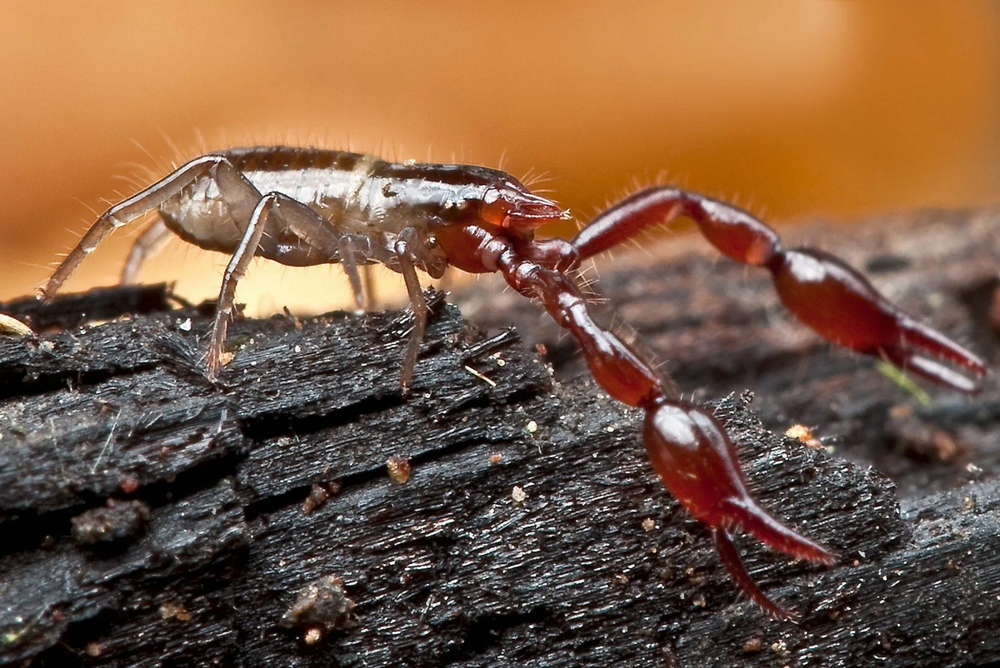
The false scorpion is a typical inhabitant of moss throughout the Northern Hemisphere. But to find it, you need to make a lot of effort.
In addition, the resulting community becomes a paradise for ants. The species diversity of these insects is higher than before the fire. The fact is that the fire destroyed or brought into decline all the anthills of the dominant species, and outsider insects got a chance to prove themselves. 
Carpenter ants thrive best in fires. They feed on wood in the late stages of decomposition.
Fifty years after the fire
Young forest. Every corner is teeming with life. Squirrels jump along tree trunks and hide from birds of prey flying past. Snails slowly crawl about their business, and frogs and frogs guard them on the forest floor.toads The ecosystem appears stable. But still something is wrong here. Where there was a spruce forest before the fire, now there is a birch or pine forest. Because the ecosystem has not yet fully recovered. 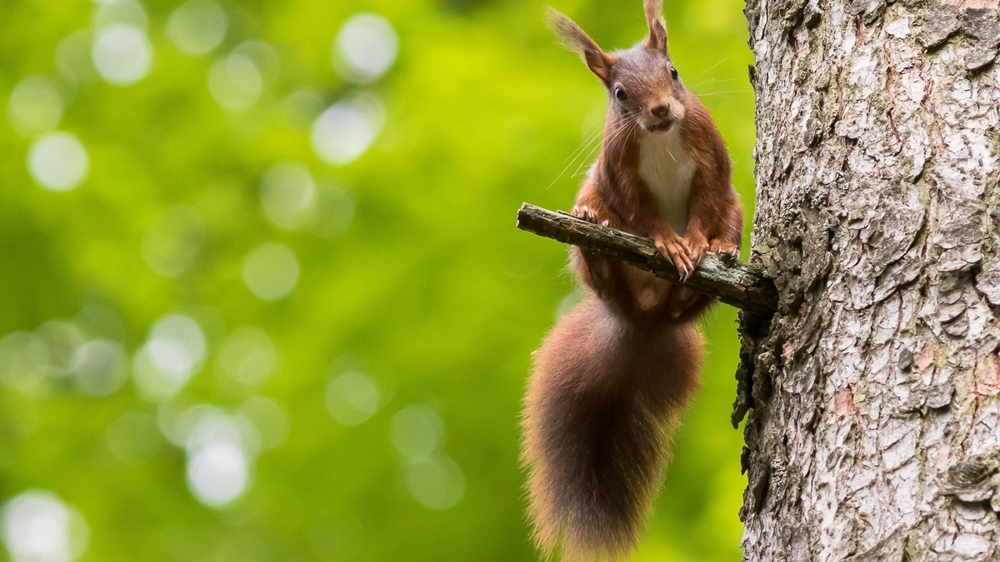
Fire? What fire? We have been living here for 5 generations and have never seen a fire!
It's all about succession. This is what ecologists call the process of ecosystem restoration through a successive change of communities. And for coniferous communities, succession takes a long time - 100-150 years. In this case, the final form of the forest seems to develop anew. From simplest to most complex. 
This spruce undergrowth in a birch forest in a few decades will turn the area into a real spruce forest. This is how succession occurs.
One hundred years after the fire
Wherever you look, there are mighty spruce and pine trees. The air smells of resin. It's hard to imagine that there was a fire raging here. But the effects of a fire can still be found if you know where to look. Populations of soil animals and bacteria that miraculously survived the nightmare of a century ago have suffered a significant loss of genetic diversity. On the other hand, new mutations and features have spread among them.
